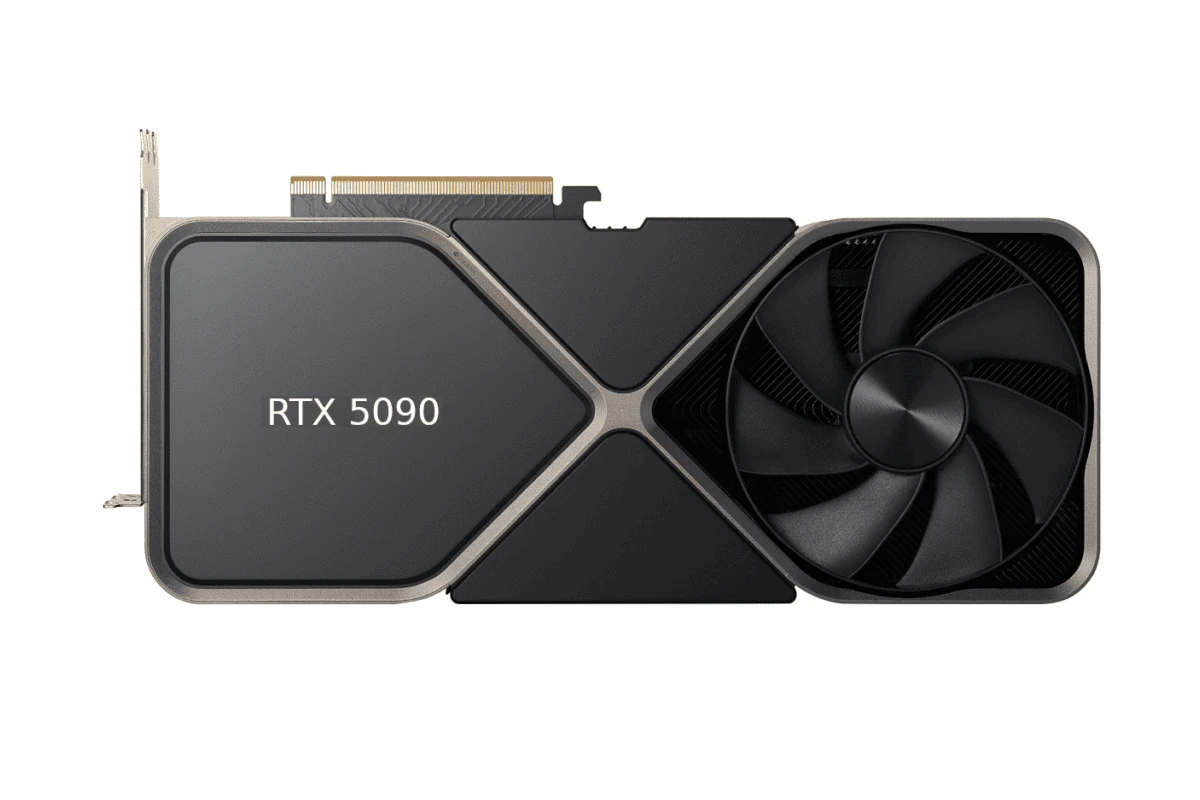When purchasing a video card for PC gaming, it’s important to find a balance between performance and cost. Gamers often use a metric called “FPS per dollar” to compare a video card’s performance (measured in Frames Per Second, or FPS) to its price. This calculation helps in making informed decisions about which graphics card provides the best value for money. Calculating the “FPS per Dollar” for your video card is a way to measure its cost-effectiveness in terms of gaming performance. You can use a calculator and a step-by-step guide to do this.
FPS / Dollar Calculator

Step-By-Step
- Find the Cost of Your Video Card:
- Look up the price you paid for your video card. If you bought it as part of a pre-built system, estimate the cost of the card based on current market prices.
- Benchmark Your Video Card:
- Use a benchmarking tool to test the FPS your video card achieves in various games or standard benchmark tests (like 3DMark, Unigine Heaven, etc.).
- For a more accurate result, test in multiple games and take an average. Make sure the games are representative of what you typically play.
- Calculate FPS Per Dollar:
- Use the following formula:FPS Per Dollar=Average FPSCost of Video CardFPS Per Dollar=Cost of Video CardAverage FPS
- For example, if your card cost $500 and you get an average of 150 FPS in your tests, the calculation would be 150500=0.3500150=0.3 FPS per dollar.
- Considerations:
- Remember that this is a rough estimate. Prices vary, and FPS can depend on many factors like game settings, resolution, and system components other than the GPU.
- The FPS per dollar metric is most useful for comparing different cards directly. It helps to understand which card offers better value for money in terms of gaming performance.
- Other Factors:
- While FPS per dollar is a useful metric for gaming performance, consider other aspects like power consumption, feature set (like ray tracing, DLSS, etc.), and compatibility with your system.
Using this method, you can get a basic idea of how cost-effective your video card is in terms of gaming performance. This can be especially useful when deciding between different models during a purchase.
Digging Deeper into FPS per Dollar
Benchmarking Your Graphics Card
To get an accurate FPS per dollar calculation, you need to know how your video card performs in games. This is where benchmarking comes in. Benchmarking tools like 3DMark, Unigine Heaven, and in-game benchmarks help you measure your card’s FPS in different scenarios.
Tips for Effective Benchmarking
- Use multiple benchmarks: Don’t rely on just one benchmark. Test your card in several games or benchmark tests to get a well-rounded view of its performance.
- Test at different resolutions: See how your card performs at 1080p, 1440p, and 4K resolutions. This will give you a better idea of its capabilities across different display setups.
- Vary the graphics settings: Run benchmarks at low, medium, high, and ultra settings to see how your card handles different levels of graphical fidelity.
- Maintain consistency: When comparing different video cards, make sure you use the same benchmark, resolution, and graphics settings for each card to ensure a fair comparison.
Understanding Relative Performance
FPS per dollar can help you compare the value of different video cards. But it’s also important to consider the overall performance level. A budget card might have a high FPS per dollar, but it may struggle to run demanding games at high resolutions.
| Video Card | Average FPS (1440p) | Price ($) | FPS per Dollar |
|---|---|---|---|
| Card A | 60 | 200 | 0.30 |
| Card B | 100 | 350 | 0.29 |
| Card C | 140 | 600 | 0.23 |
In this example, Card A offers the highest FPS per dollar, but Card C provides the best overall performance. The best choice for you will depend on your budget and desired performance level.
Beyond FPS per Dollar: Other Factors to Consider
While FPS per dollar is a useful metric, it’s not the whole story. Here are some other important factors to keep in mind:
- Power consumption: A power-hungry video card can increase your electricity bill. Look for cards with good energy efficiency.
- Features: Consider features like ray tracing, DLSS, and FSR, which can enhance your gaming experience.
- Cooling: A good cooling solution is essential for optimal performance and longevity.
- Future-proofing: If you want your card to last for several years, consider investing in a higher-end model.
Maximizing Your Gaming Bucks: The FPS/Dollar Ratio Explained
What is FPS per Dollar?
FPS per dollar is a simple calculation that helps gamers get the most bang for their buck. It compares the Frames Per Second (FPS) a video card can deliver to its price. A higher FPS means smoother gameplay, while a lower price means more money in your pocket.
Why Calculate FPS per Dollar?
The goal is to find the sweet spot between performance and affordability. It’s a balancing act:
- Higher-end cards: Offer better performance, but cost a pretty penny.
- Budget cards: More wallet-friendly, but may not handle the latest games at max settings.
Calculating FPS per dollar helps you find the card that offers the best performance within your budget.
How to Calculate FPS per Dollar
- Choose a benchmark: Find a reliable FPS benchmark for your desired game. There are plenty of online resources and reviews that provide this data.
- Get the average FPS: Note the average FPS the video card achieves in the benchmark.
- Divide by price: Divide the average FPS by the card’s price.
The result is your FPS per dollar. The higher the number, the better value the card offers.
Example:
| Video Card | Average FPS | Price | FPS per Dollar |
|---|---|---|---|
| Card A | 120 | $500 | 0.24 |
| Card B | 90 | $300 | 0.3 |
In this example, Card B offers a better FPS per dollar value, even though it has a lower overall FPS.
Important Considerations
FPS per dollar is a helpful tool, but it’s not the only factor to consider. Keep in mind:
- Future-proofing: Consider how long you want the card to last. A higher-end card may be a better investment if you want to play future games at high settings.
- Other features: Some cards offer extra features like ray tracing or DLSS. Factor these into your decision if they’re important to you.
- Personal preferences: Ultimately, the best card for you is the one that fits your budget and gaming needs.
By understanding the FPS per dollar calculation, you can make an informed decision and find the perfect video card to elevate your gaming experience without breaking the bank.







